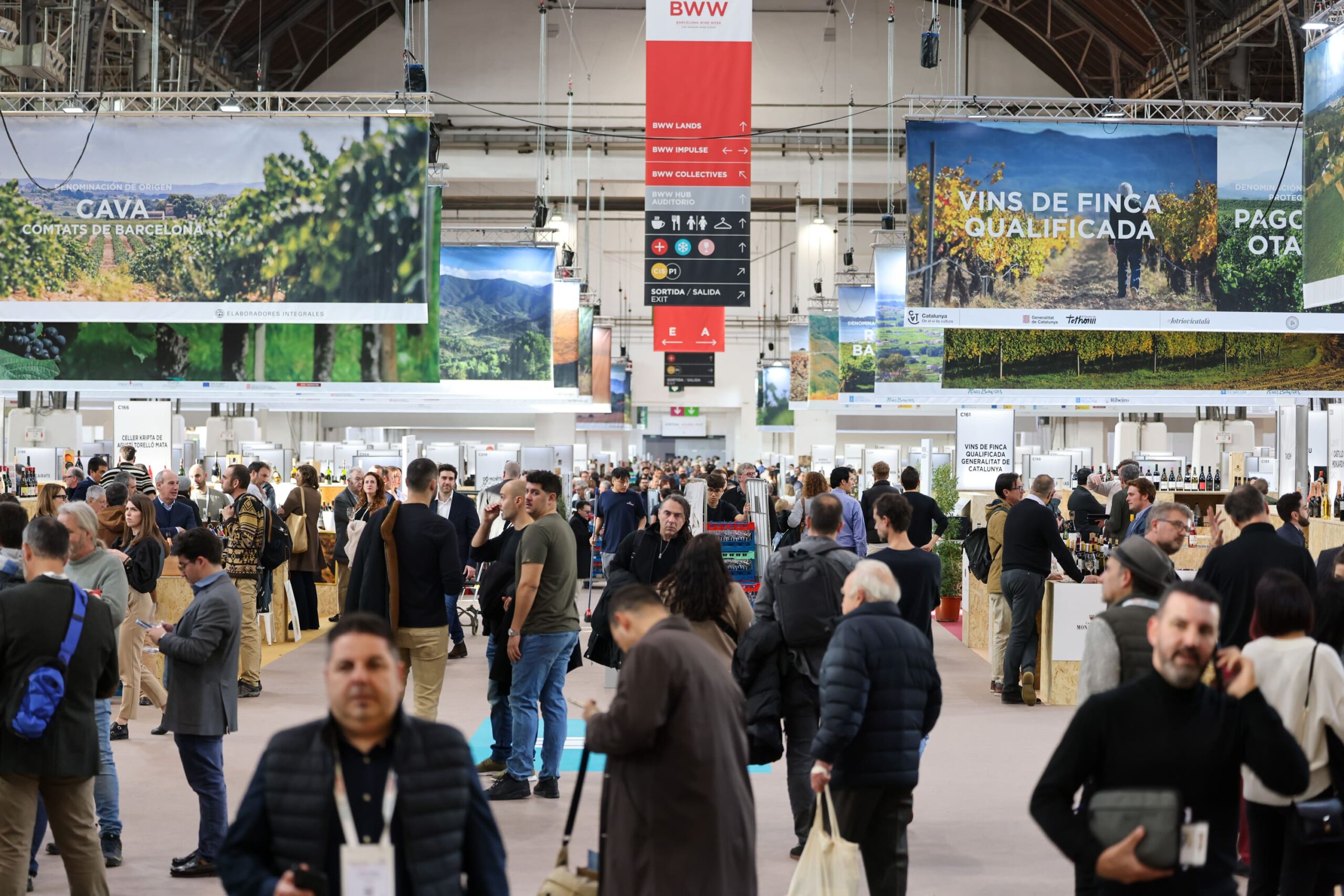Fine wine investment: Digging for gold
Further to last week’s note we have received quite a bit of correspondence along the lines of: ‘I thought you didn’t trust Burgundy, so why are you now recommending it’, so we thought it best to clarify our position. It wouldn’t have done to continue ignoring such a seemingly vibrant sector of the fine wine investment firmament, and at any rate over the last year or so we have received an avalanche of queries about the region.
Our original concerns centred around the cost of high-end Burgundy, and the secondary market. Cost and value are quite elusive concepts in the world of the collector, where beauty is in the eye of the beholder, but investors must have some way of evaluating prices or else they are fumbling in the dark.
The difficulty arises because the market place is never wrong, in so far as it is the only avenue for transacting trades. Obviously we believe that it quite regularly offers up anomalous pricing, which over time it is possible to take advantage of, but on any given day if the market says something costs £10,000 it is quite hard to argue for doing a trade at £5,000.
With respect to Burgundy therefore, you can’t say that a case of DRC is not ‘worth’ £175,000, when some people are happy to pay that much for it. Nor are relative value considerations of much use when points of pricing comparison aren’t even in the same orbit, so the official Amphora view has simply been that from an investment perspective if we can’t rationalise it we can’t recommend it.
A key additional plinth in our ‘tread very carefully’ argument has been the secondary market for such wines, because it can often be very hard to locate, and if you do find someone willing to take such a case off your hands there will be a high price to pay either in auction fees or in the spread. Dealers often have a reasonable idea where they can find buyers, but they are either going ‘on risk’ and will charge handsomely for that, or they see the chance of a healthy turn – great for them but not for you as the vendor.
So, what can any self-respecting investment advisory do, if not jump on the high-end bandwagon and hope for the best? Well, as we hope to have been explaining in recent months, you first have to manage the risk element. If risk is no criterion at all just barge out and do what you like, but most investors exhibit a degree of caution and for them you can try adding Burgundy to a portfolio so that if it doesn’t work out your exposure is mitigated by the rest of the portfolio.
Of course this is all very well if your portfolio is large enough to absorb a bit of DRC, but to do so you have to own a lot of wine. Three bottles of DRC Richebourg 2010 set you back over £10,000, so if you want a tentative step you aren’t going to want your weighting to be more than around 10%, therefore as a starter you need a portfolio of £100,000. Given this wine has also gone up 200% in the last two years you might also want a slightly different tack.
We have given much thought to this over the last few months, as regular readers will acknowledge, and for us there is a more practical route, albeit not without risk. We believe it reasonably logical to anticipate a trickle-down effect from the high-end wines to those a bit more down the food chain, although still of exquisite quality and almost immediate scarcity.
We believe this because it has happened before in the fine wine market as we explained last week; because the market place is constantly expanding as we can see from the Liv-ex statistics highlighting the constant increase in numbers of names traded on their exchange; because mainstream markets are awash with examples of what we might term ‘associated benefits’, where investors latch onto new areas because of similarities with existing situations; because it is already happening!
We have been buying quite a lot of Ponsot Clos de Roche 2012 and some 2013 this year, having written about this producer in recent weeks, but there are also bargains elsewhere. Let’s take Lambrays as an example:
Lambrays 2005 shows its mettle as investment grade by performing in line with the Burgundy sub-index over the last five years, outperforming Ponsot 2005 and Comte de Vogüé 2005 in the process.
While 2005 was an incredible year in the Côte de Nuits earning a regional vintage score of 98 points from The Wine Advocate, 2010 with 96 points is not far behind. Lambrays 2010 eclipses the competition and the index over five years.
Partner Content
At the non-vintage end, the 2006 and 2008 perform in line with the index. Remember this index is colossally outperforming the broader market over this period.
The 2011 is a big under performer, but Allen Meadows scores it 93 and has very pleasant things to say about it.
To conclude:
There is already investment life in Burgundy outside of the top-end DRCs and equivalent.
There is ample evidence of Lambrays holding its own at the second-tier end of the market.
As elsewhere in the market place ‘off-vintages’ can perform as well as ‘on’.
Most portfolios can accommodate a case as inexpensive as Lambrays Clos des Lambrays 2011 with no great weighting consequences. If you want to dip a very modest toe into Burgundy there are few better ways to do so.
Philip Staveley is head of research at Amphora Portfolio Management. After a career in the City running emerging markets businesses for such investment banks as Merrill Lynch and Deutsche Bank he now heads up the fine wine investment research proposition with Amphora.




